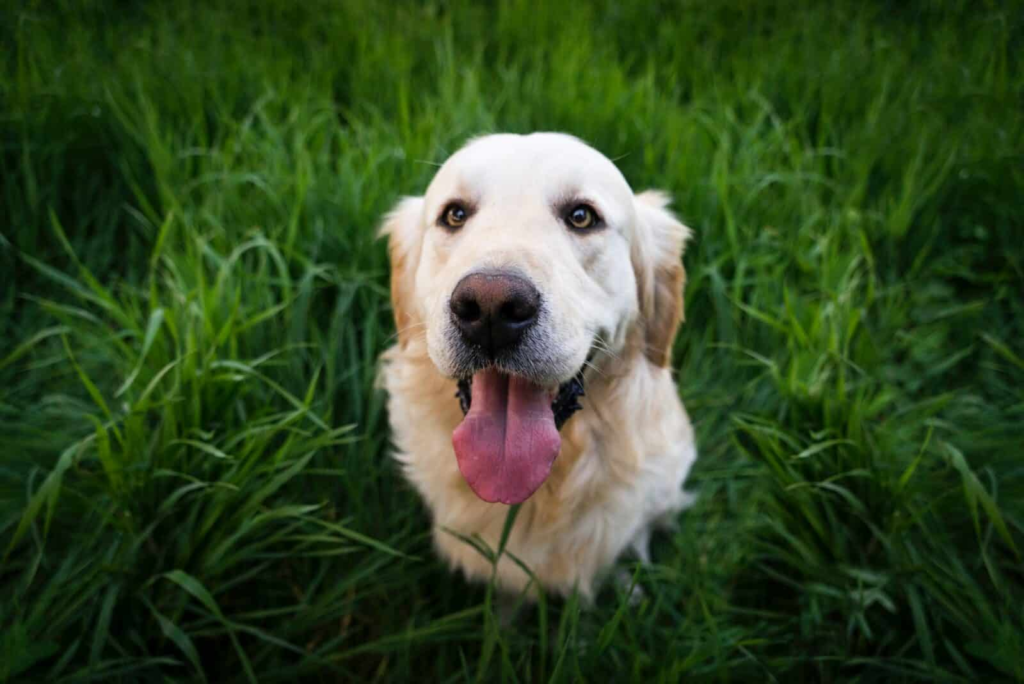
Canine bloat, also known as gastric dilatation-volvulus (GDV), is a life-threatening condition that can affect dogs, particularly large and deep-chested breeds. It is crucial for dog owners to understand the timeline of bloat to recognize the early signs and seek immediate veterinary care. In this article, we will provide an overview of the stages and timeline of dog bloat, as well as important information on prevention and treatment.
- Stage 1: Gastric Distention
The first stage of bloat involves the rapid accumulation of gas in the stomach. The stomach becomes distended and expands, causing discomfort and restlessness in the dog. During this stage, the dog may exhibit signs such as pacing, panting, and unsuccessfully attempting to vomit. It is essential to recognize these early signs and seek veterinary attention promptly.
- Stage 2: Gastric Volvulus
In the second stage, the distended stomach may twist or rotate on its axis, a condition known as volvulus. This twisting can obstruct the blood flow to the stomach and other organs, leading to tissue damage and potential organ failure. As a result, the dog’s condition rapidly deteriorates. Symptoms during this stage may include non-productive retching, increased distress, pale gums, and an elevated heart rate.
- Stage 3: Shock and Systemic Complications
If left untreated, the third stage of bloat involves shock and systemic complications. The twisted stomach can cause severe pain and compromise blood circulation, leading to shock and the release of toxins into the bloodstream. The dog’s vital organs, such as the heart, liver, and kidneys, may begin to fail. Symptoms at this stage can include weakness, collapse, rapid breathing, pale or bluish gums, and a weak pulse.
Emergency Veterinary Care:
Dog bloat is a medical emergency, and immediate veterinary care is crucial. If you suspect your dog is experiencing bloat, contact your veterinarian or emergency veterinary clinic right away. Prompt intervention can significantly increase the chances of a successful outcome.
Prevention and Management:
While dog bloat cannot always be prevented, there are measures dog owners can take to reduce the risk:
- Feed smaller, frequent meals rather than one large meal a day.
- Avoid vigorous exercise or physical activity immediately before or after meals.
- Use elevated food and water bowls to reduce the dog’s tendency to gulp air while eating or drinking.
- Avoid stress or anxiety-inducing situations for your dog, as stress can contribute to bloat.
- Discuss preventative measures, such as gastropexy (a surgical procedure to tack the stomach) with your veterinarian, especially for high-risk breeds.
Understanding the timeline of dog bloat is essential for dog owners to recognize the signs and seek immediate veterinary care. Rapid intervention during the early stages can greatly improve the dog’s chances of recovery. If you suspect your dog may be experiencing bloat, do not hesitate to contact your veterinarian or emergency veterinary clinic for guidance. By being aware of the risk factors, practicing prevention strategies, and responding promptly, you can help protect your canine companion from this serious and potentially life-threatening condition.